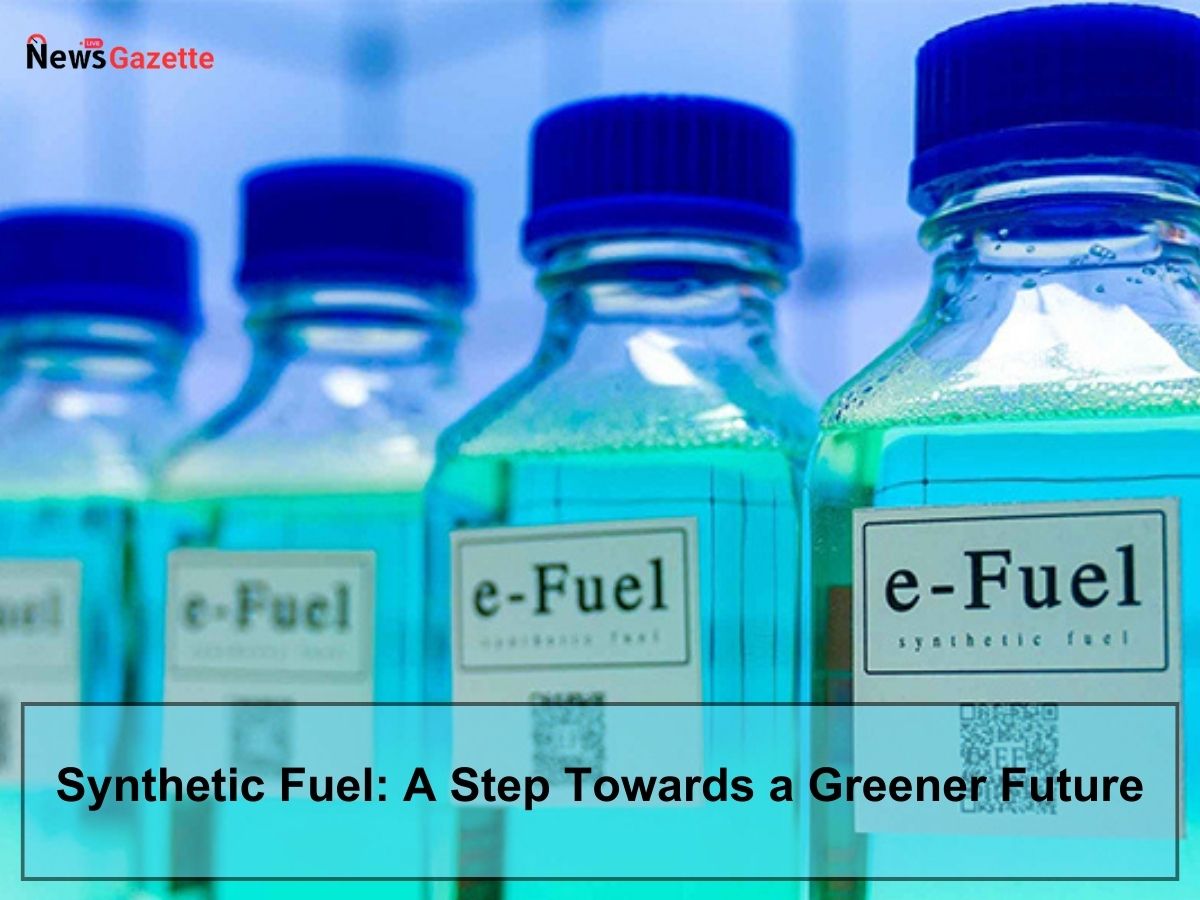
Synthetic Fuel: A Step Towards a Greener Future
In today’s fast-paced world, where convenience has become a necessity, there are a few undertake global interests. The exponential increase in our carbon footprint has become a critical issue. Environmental analysis of the UK, 2023 draws a generalized picture of the global conditions. Petrol engines have 318 g CO₂e per km, while diesel cars have a lower 211 g CO₂e per km. Synthetic fuel promises a more carbon-neutral approach in the face of these disgraceful statistics.
Synthetic fuel, also known as synfuel or e-fuel, is a heterogeneous mixture of hydrogen (H2) and carbon dioxide (CO2). This allows a smooth transition from existing fossil fuels to newer alternatives.
Synthetic fuel and the world
Porsche was the pioneer in using synthetic fuels. Promoting the eco-friendly alternative at the Mobil 1 Supercup race cars in 2022, this initiative resulted in a domino effect. Audi, Mercedes, Ferrari, and several other vehicle manufacturers worldwide supported the initiative by investing their resources in manufacturing and developing synthetic fuel. Germany demonstrated its steadfast nature by supporting the European Union (EU) ban on combustion-powered vehicles by 2035. “An agreement with Germany on the future use of e-fuels in cars,” said F. Timmermans, Climate Chief, EU.
How India joins the effort?
Contributing 7.08% of all global greenhouse gas emissions, India ranks third in the world’s worst air quality list. Fuel combustion alone contributes 305.3 metric tons of carbon dioxide in the transportation sector, making it one of the fastest-growing areas for carbon emission. Under immense pressure and universal criticism, India was one of the first few countries to use synthetic fuel. Commercial testing of non-traditional fuel alternatives first began in 2022. Due to their natural abundance and availability, coal, natural gas, food, and non-food crops were widely exploited. Affordable labor and cost-effective raw materials further strengthened this initiative.
Technology that needs refinement
Despite its immense potential, research and development have encountered varying hurdles. Critical evaluation of synthetic fuel raised questions about its energy output compared to battery-powered alternatives. The sizeable electrical demand during production would further burden the already stretched global energy grid. Due to an increased expense per unit production, there would be a surge in fuel prices. Also, existing engines would be unable to support the transition, resulting in a need to replace a significant fraction of existing vehicles.
As synfuels share similar chemical properties as traditional fuels, a certain degree of toxic emission is expected on combustion. The release of gases like carbon dioxide, Sulphur oxide, and nitrogen was a concern for several environmentalists. The use of battery electric vehicles (BEVs) was favored as they can eliminate toxic emissions and produce harmful gases.

Lauren Sargent is a seasoned professional in the field of business, finance media and chemical & materials, boasting more than two decades of experience in the digital arena. She has more than 10 years in B2B journalism. Her primary areas of expertise include business strategy development, operational management, product launches, fostering high-quality journalism, and adeptly leading teams to excellence. In Her role, he assumes responsibility for every facet of content oversight at the News Gazzete.
